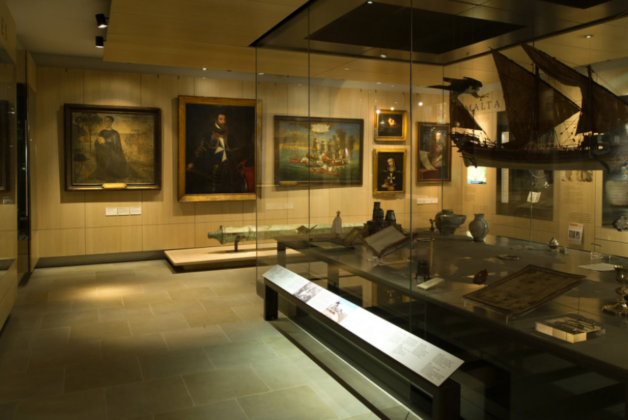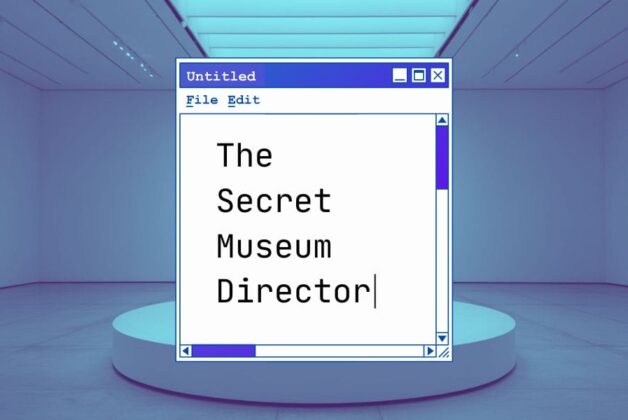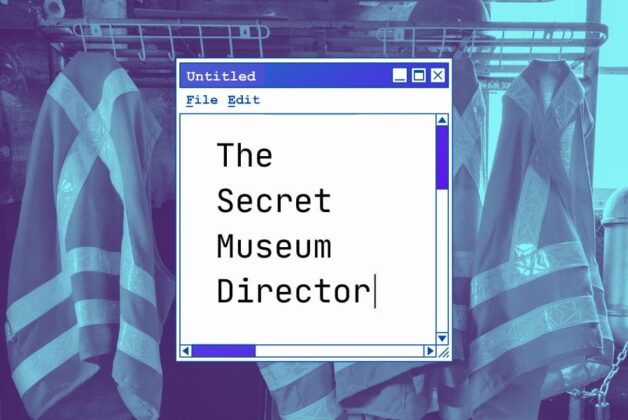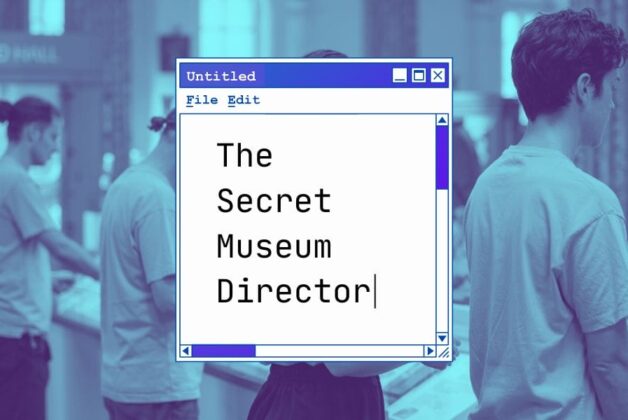Colin Mulberg explains the benefits of optimising the visitor experience at venues via comprehensive audits
For visitors, a venue is only as good as the experience it gives. First impressions set the tone and the last experience will be remembered best. It therefore pays to see a visit from the viewpoint of your visitors and make every part of a visit as good as it can be.
Though it is tempting to make ad hoc changes, much more effective is a comprehensive review of the visitor experience on the ground. A Visitor Experience Audit looks at the multiple points where visitors interact with your venue, focuses on their perceptions and suggests improvements.
Explore the Visitor Journey
A full Visitor Experience Audit explores the whole visitor journey, from when visitors are deciding to visit to when they arrive, what happens to them during their visit and all the way through to when they leave and afterwards.
From the visitor viewpoint, their visit consists of a package of elements that merge into one another, as their journey unfolds. Visitors therefore experience their time as a ‘seamless visit’, engaging with your venue at different points in a variety of ways. Each point of engagement can affect their visit and experience for better or worse.

Exploring the visitor journey involves reviewing a wide range of visitor-facing activity across your whole venue to examine how different elements of a visit link together and visitors flow around the site. For example, a key issue identified with Durham World Heritage Site is how different attractions add to the heritage story while combining into a cohesive experience.
Remove Visitor Work
Auditing the whole visitor journey identifies where visitors need to ‘work’ by putting time and effort into their visit – making decisions, working things out, gathering information, looking for clues, etc. Techniques include photo narratives of key journey points, visitor observation and tracking as well as dwell-time analysis at certain points.
After uncovering visitor work, the next step is to see how to help – what would make a visit easier? Are there areas where visitors have to work really hard? Sometimes solutions could be as simple as improving signage and wayfinding, in other cases it may need a rethink about how storylines are presented in a gallery or the way spaces are organised. Removing work reduces effort, giving visitors more time and energy to enjoy their visit and get the most out of it.
An area where visitors often have to work hard is the point of arrival as they need to transition from being travellers to being visitors. In many cases this involves effort, decisions and planning to structure their visit. Auditing visitor entry points and making targeted changes often has the most impact on the visitor experience, taking away work and uncertainty at the start.
Review Visitor Payback
A key element of auditing the visitor experience is to see where visitors get the things they want from their visit – their ‘payback’ for all the time, effort and work they put in. A good visit gives plenty of payback and a Visitor Experience Audit can highlight exactly where specific audiences get their payback, when it happens during their visit and the strength of the visitor offer.

This is especially valuable when reviewing the payback to visitors that pay, either as part of a standard visit or when buying something extra. Understanding visitor payback will reveal what visitors get back for their outlay, whether it seems value for money and promising options for further charging. The Soldiers of Shropshire Museum at Shrewsbury Castle is going through this process, examining how to give visitors a great standard visit and opportunities for extra charged events and activities.
Determining visitor payback also suggests the scope for engaging visitors on exit, building longer-term relationships and encouraging repeat visits.
Explore Potential for Change
A Visitor Experience Audit gives a full picture of how visitors experience your venue and highlights improvements. These can be tackled as a single development or phased in as budgets allow – gains to the visitor experience are cumulative and can be built up over several fiscal years. It is often possible to identify quick, easy low-cost improvements that can be tackled first and then to prioritse further changes.
Visitor Experience Audits also support larger projects and developments. Audits reveal how visitors engage with current spaces, add to evidence on audience development and how the project will meet visitor need and show the potential for the future. Audits can also check proposals for new developments, to reduce risk and ensure that they will work for visitors in practice.
Colin is always happy to chat about improving the visitor experience – contact him through the Colin Mulberg Consulting website





